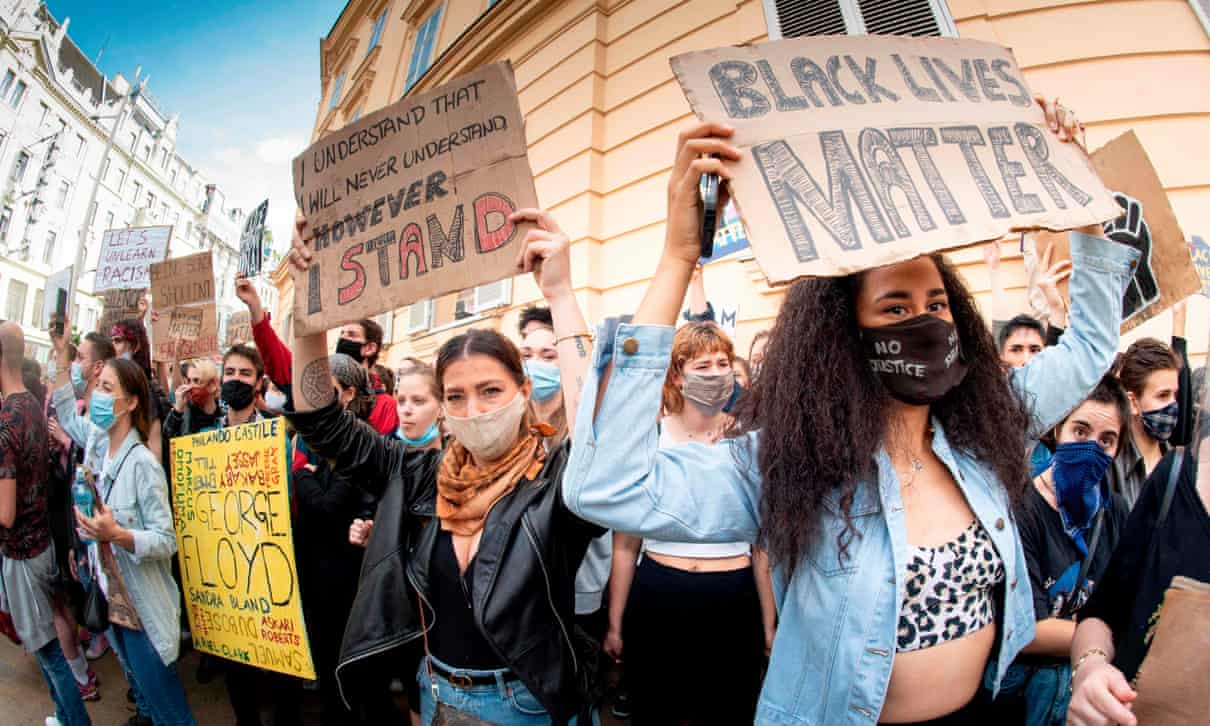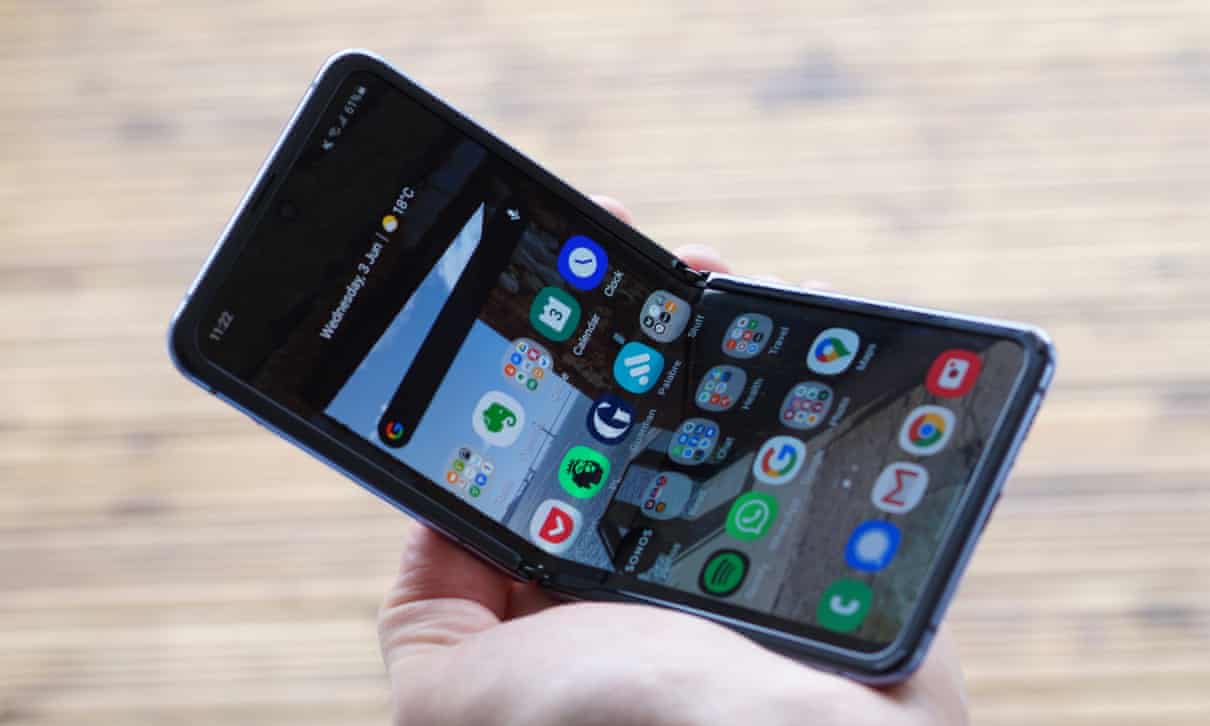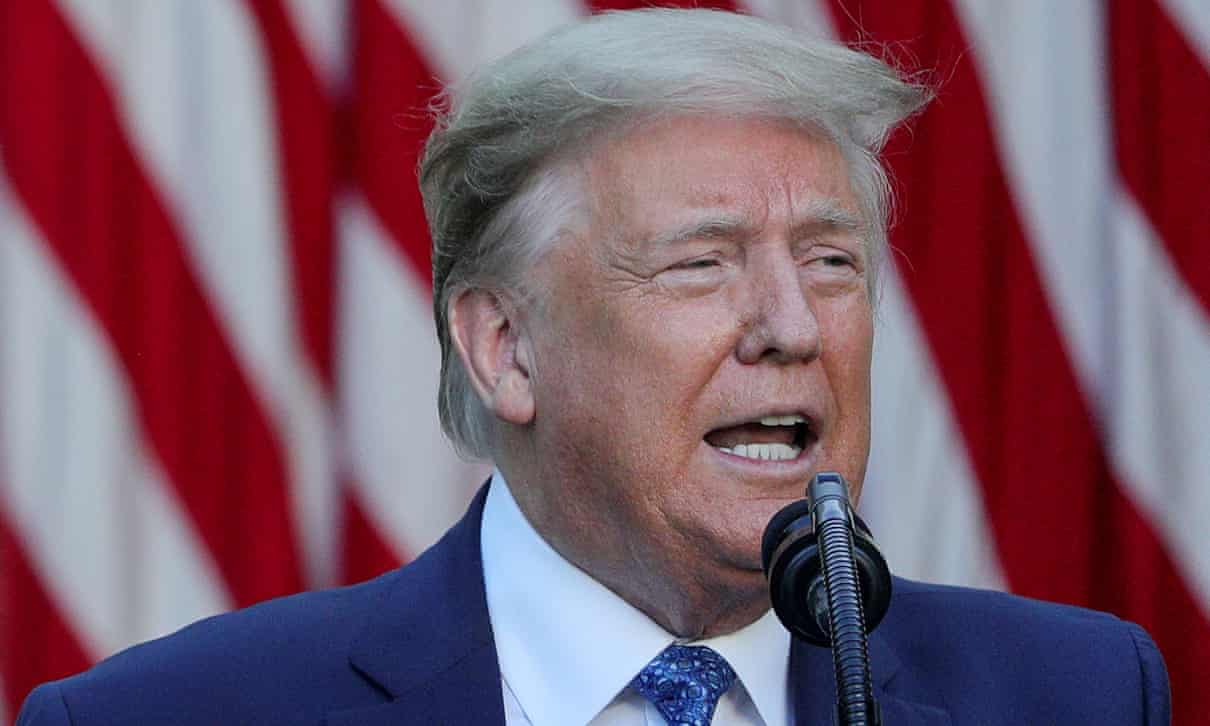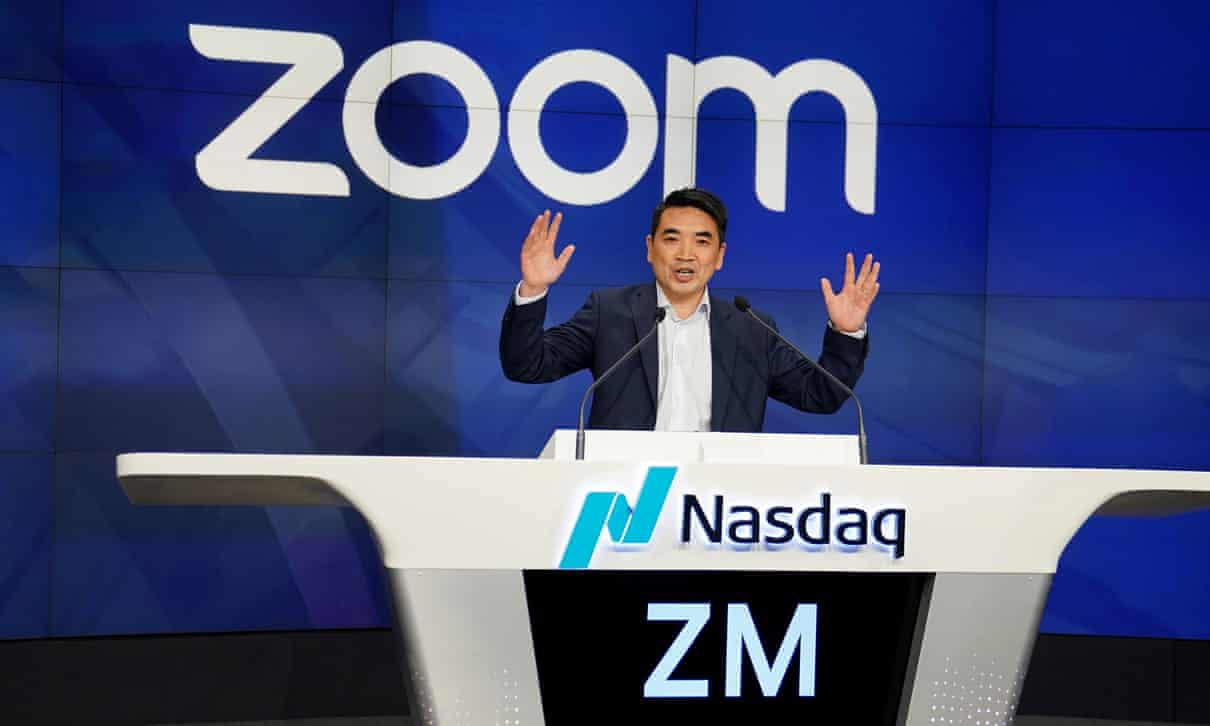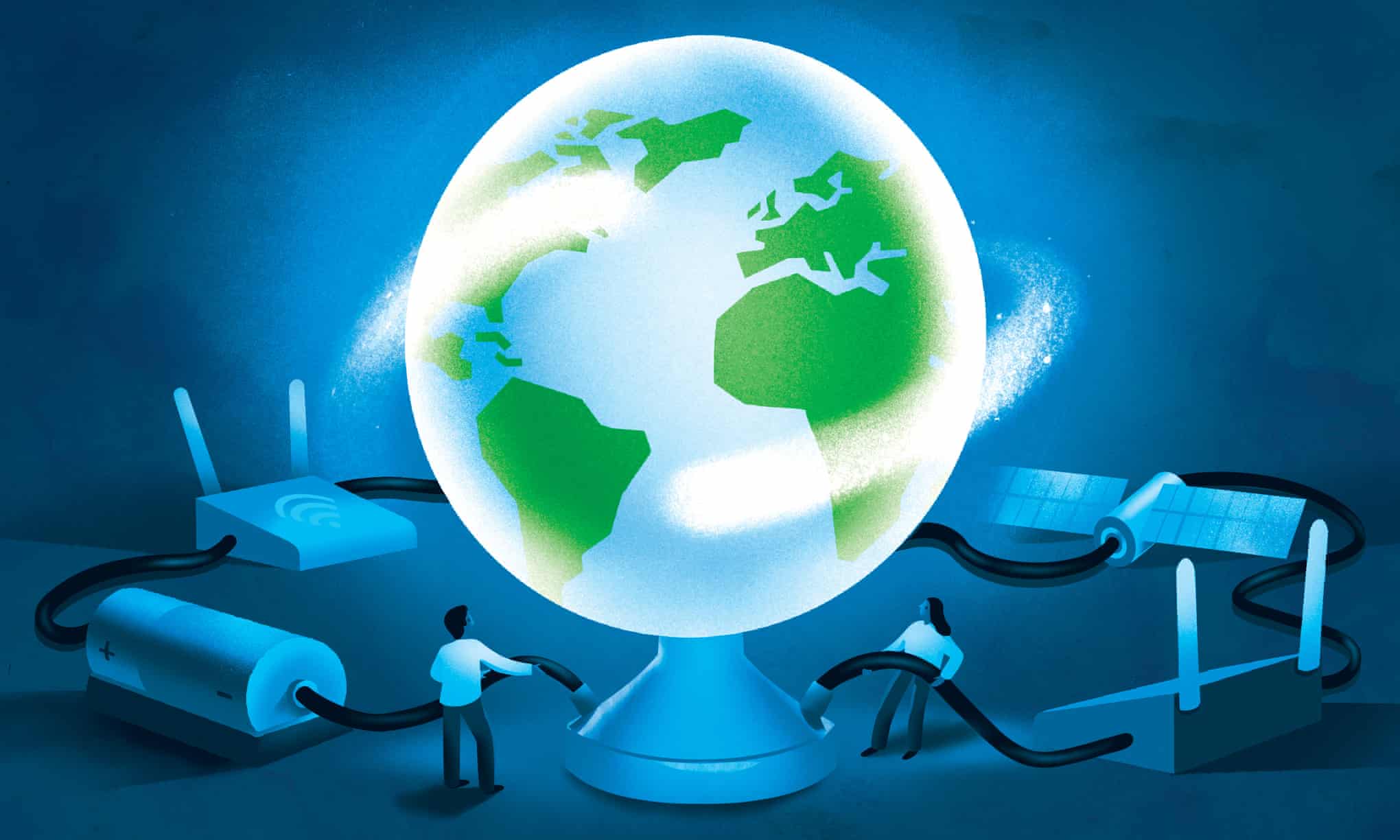For many people, running and music or podcasts go hand in hand – anything to make the sometimes plodding monotony pass a little quicker. ...

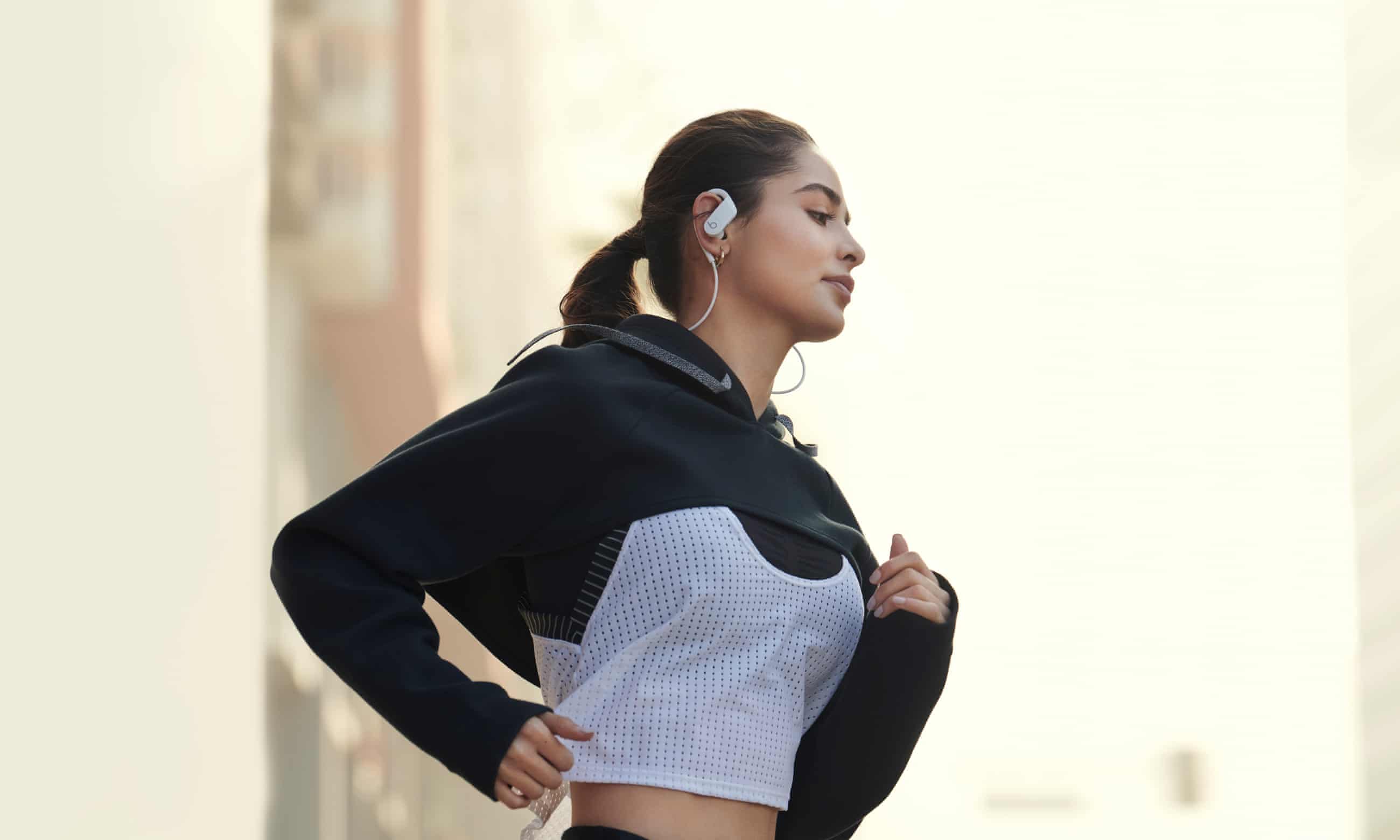
For many people, running and music or podcasts go hand in hand – anything to make the sometimes plodding monotony pass a little quicker.
Bluetooth earphones have freed us from the tangle of wires. Link them to the right music-playing watch and you won't need your phone either. But which ones are up to the task? Anker Soundcore Spirit X 2019 Facebook Twitter Pinterest The Soundcore Spirit X are a great value set of Bluetooth exercise earbuds. Photograph: Anker RRP: £29.99 Exercise-ready water-resistant Bluetooth headphones don't come much cheaper than the Anker Soundcore Spirit X. Their IP68 water-resistance rating (1.5 metre water for 30 minutes) matches the best smartphones on the market and means they can be submerged in water, not just sweated on. This is ideal for surviving even the most arduous of workouts. The over-ear hook design ensures they stay in place, while a wire runs between the buds with a remote for volume and playback on one side. They come with three sets of wings that secure the earbuds in your ear too, plus five sizes of tips that go into your ear canal. They can connect to two devices simultaneously (such as your phone and running watch). They support the latest Bluetooth 5 standards and last up to 18 hours between charges via a microUSB cable. The sound won't blow you away and they don't block out noise very well, which has the added benefit of allowing for a little awareness while running, but they're better than you'd expect for the money. For those who don't want ear hooks, Anker's Soundcore Spirit are similar with just wings to hold them in place. Verdict: The fit won't suit everyone but plenty of tips, top water-resistance and 18 hours' battery are excellent for the money. Step up: Beats Powerbeats – much better sound, fit and fancy Apple features for £129.99. AfterShokz Aeropex Facebook Twitter Pinterest The AfterShokz Aeropex Bluetooth bone-conduction headphones allow you to listen to music or podcasts with full awareness as they don't block your ears at all. Photograph: AfterShokz RRP: £149.95 AfterShokz make bone-conduction headphones, which instead of having speakers that play sound into your ears, use a transducer to vibrate your skull just in front of your ears. The result is like being followed by a floating speaker as you can hear the music but everything else as well, for maximum awareness of your surroundings. The Aeropex are the latest Bluetooth pair, and are 30% smaller than previous efforts, only weigh 26g and are water resistant to IP67 standards (1 metre of water for 30 minutes). They loop over your ear and round the back of your head without touching your neck, gently squeezing your head just below your temples. They stay in place even when you are sprinting flat out, and are comfortable to wear for several hours at a time, including with wraparound sunglasses. They support the latest Bluetooth 5 standard, have playback and volume controls and last up to eight hours on a charge. A small magnetic USB cable charges the headphones in 1.5 hours. They sound surprisingly good with solid mids and highs but bone-conduction headphones lack any real bass. They are loud enough to hear in the wind and are some of the only headphones allowed in some races, due to their open-ear design. Verdict: Simply the best if you want maximum awareness and music or podcasts while running. Step down: AfterShokz Air – older, bigger and heavier but a third cheaper at £99.95. Jabra Elite Active 75t Facebook Twitter Pinterest The Jabra Elite Active 75t are an excellent set of true wireless earbuds that are water resistant and can play for up to 7.5 hours. Photograph: Jabra RRP: £189.99 If you want an excellent set of general true wireless earbuds that can hack it on a run too, the Jabra Elite Active 75t are some of the very best. The compact earbuds have a traditional silicone ear tip and stay put with a shape that twists and locks into place against the inside of your ear with a soft-touch coating for grip. Weighing 5.5g each, the earbuds are pretty small, light and comfortable with an IP57 water-resistance rating (1 metre of water for 30 minutes). They each have a single button with customisable single, double or triple presses. Hold the right to increase volume and the left to decrease volume. The battery lasts up to 7.5 hours between charges with power for another 20 hours in the compact case. A 15-minute trip in the case is enough for one hour of playback. The case takes two hours to charge via USB-C. They support the latest Bluetooth 5 standard and can connect to two devices at the same time. The best bit is the sound: real, thumping bass, good mids and highs, with full customisation available via an app. The earbuds block outside noise but have an ambient listening mode using the mics to give you some awareness if required. Verdict: Excellent everyday true wireless earbuds that can more than survive a run or workout. Side step: JayBird Vista – added silicone wings for a more secure fit but worse sound for £159.99. Beats Powerbeats Pro Facebook Twitter Pinterest The Powerbeats Pro are the best true-wireless earbuds for exercise with an unshakeable fit. Photograph: Samuel Gibbs/The Guardian RRP: £219.95 The Beats Powerbeats Pro are Apple's ultimate true-wireless workout headphones. They have the same seamless pairing, Siri and Bluetooth technology as the firm's excellent AirPods, but built into an over-ear-loop design with a silicone earbud tip. They are essentially the Powerbeats but without the cable. The headphones support Bluetooth 5, have an industry-leading nine hours of battery life, and a hard case that can charge the earbuds up to 1.5 times too for a total of 24 hours of playback. They are light and comfortable, with a mouldable ear hook for an unshakeably secure fit. The earbud tip offers reasonable isolation and the IPX4 water resistance rating means they're sweatproof. There is no wire to get caught or rub either. An excellent set of buttons, including playback and volume control on each earbud, compliment an excellent, punchy and energetic sound, which is pretty good for general listening, not just pounding the streets. Note that a recent update broke the volume buttons when used with Garmin running watches. Verdict: Unshakeable fit, great sound, long battery life and no wire, but only limited awareness. This article contains affiliate links, which means we may earn a small commission if a reader clicks through and makes a purchase. All our journalism is independent and is in no way influenced by any advertiser or commercial initiative. By clicking on an affiliate link, you accept that third-party cookies will be set. More information. Topics Headphones Sam's smart buys Bluetooth Apple Gadgets features Share on Facebook Share on Twitter Share via Email Share on LinkedIn Share on Pinterest Share on WhatsApp Share on Messenger Reuse this content
